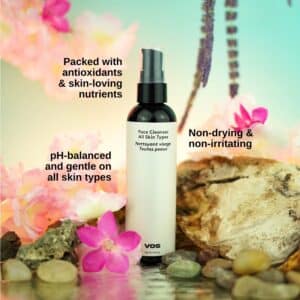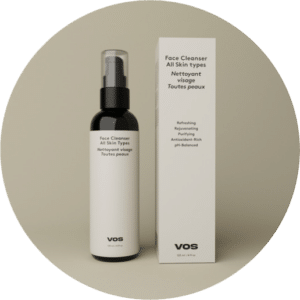Dry skin often feels tight, rough, and uncomfortable. Choosing the right cream is essential to restore moisture and maintain skin health. This article explains which cream is best for dry skin and how to incorporate it into a practical skincare routine.
Understanding Dry Skin
Dry skin occurs when the skin lacks sufficient moisture or natural oils. It can be caused by environmental factors, genetics, or improper skincare habits. Symptoms often include flakiness, redness, irritation, and a dull appearance.
Without proper care, dry skin can lead to discomfort and increase sensitivity. Addressing it with the right cream and skincare routine helps improve skin texture and retain hydration.

Key Ingredients to Look for in Creams for Dry Skin
When selecting a cream for dry skin, the ingredients play an important role in providing effective moisture. Look for the following components:
1. Hyaluronic Acid
This ingredient attracts and holds water in the skin. It helps maintain hydration levels and improves skin elasticity.
2. Glycerin
Glycerin works by drawing moisture from the air to the skin. It keeps the skin soft and reduces dryness.
3. Ceramides
Ceramides help strengthen the skin’s natural barrier, preventing moisture loss and protecting against environmental stressors.
4. Shea Butter
Known for its nourishing properties, shea butter helps seal moisture into the skin, offering long-lasting hydration.
5. Squalane
Squalane is lightweight and helps restore the skin’s moisture balance without clogging pores.
Which Cream is Best for Dry Skin?
Choosing the best cream depends on your skin’s specific needs and sensitivity. Here are some recommended options that generally suit dry skin types:
1. Thick Moisturizing Creams
Creams with a dense, rich texture often provide better protection for dry skin. They create a moisture barrier and help lock in hydration.
2. Fragrance-Free Formulas
Fragrance can sometimes irritate dry or sensitive skin. Using fragrance-free creams can reduce the risk of irritation and discomfort.
3. Dermatologist-Tested Products
Creams tested for sensitive skin are often safer choices for people with dry skin concerns.
4. Night Creams for Deep Hydration
Night creams are typically more concentrated and offer intense hydration while the skin repairs overnight.

How to Build an Effective Skincare Routine for Dry Skin
A consistent skincare routine can support skin health and manage dryness. Follow these steps to create a simple, effective routine.
Step 1: Gentle Cleansing
Use a mild, hydrating cleanser that does not strip the skin of natural oils. Avoid harsh soaps or cleansers with alcohol, which can worsen dryness.
Step 2: Apply a Hydrating Toner
Toners with moisturizing properties can help prepare the skin to absorb creams and serums. Look for toners with ingredients like glycerin or hyaluronic acid.
Step 3: Use a Moisturizing Serum
Serums containing hyaluronic acid or squalane provide an additional layer of hydration and help improve moisture retention.
Step 4: Apply the Right Cream
Select a cream that meets the specific needs of your dry skin. Use a thicker cream in the evening and a lighter, hydrating cream during the day.
Step 5: Protect with Sunscreen
Dry skin can still be damaged by UV exposure. Apply a broad-spectrum sunscreen daily to protect the skin from harmful rays.
Additional Tips for Managing Dry Skin
In addition to using the right cream, adopting supportive skincare practices can help keep your skin balanced and comfortable.
Stay Hydrated
Drinking enough water throughout the day supports skin hydration from within.
Avoid Hot Water
Hot water can strip the skin’s natural oils. Opt for lukewarm water when washing your face or taking a shower.
Use a Humidifier
Dry indoor air can worsen skin dryness. A humidifier adds moisture to the air, helping maintain skin hydration.
Limit Harsh Exfoliation
While gentle exfoliation can remove dry, flaky skin, avoid using rough scrubs or chemical exfoliants too frequently, as they can further irritate dry skin.
When to See a Dermatologist
If your dry skin persists despite following a good skincare routine, or if you experience severe flaking, redness, or discomfort, it is a good idea to consult a dermatologist. They can help identify underlying causes and recommend suitable treatments or prescription creams.
Conclusion
When considering Which Cream is Best for Dry Skin, focus on creams that offer deep hydration and strengthen the skin’s barrier. Ingredients like hyaluronic acid, glycerin, ceramides, and shea butter are beneficial choices. Building a skincare routine that supports hydration at every step can help keep dry skin soft, smooth, and healthy.
A consistent, simple approach works best. By selecting the right cream and following a thoughtful skincare routine, you can manage dryness effectively and protect your skin over time.







